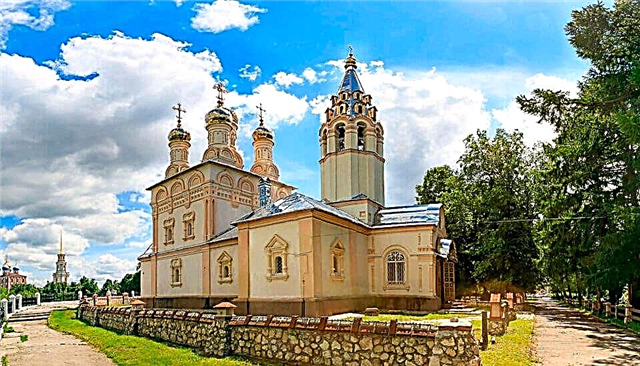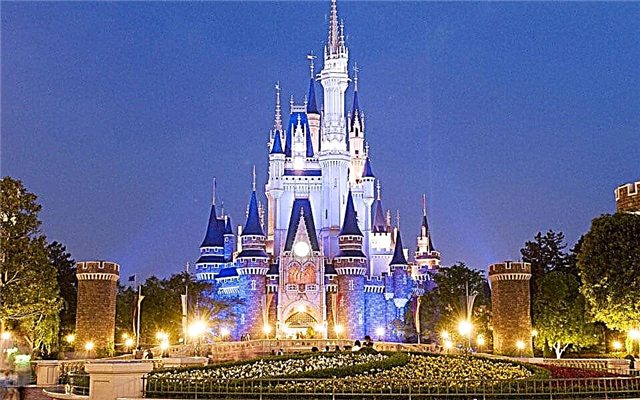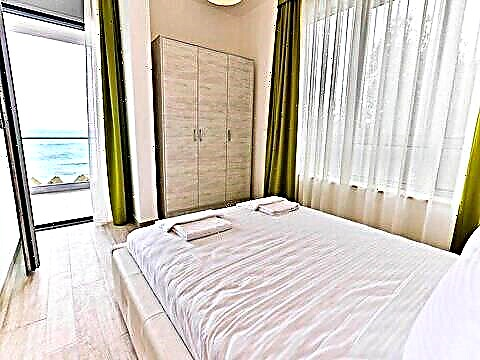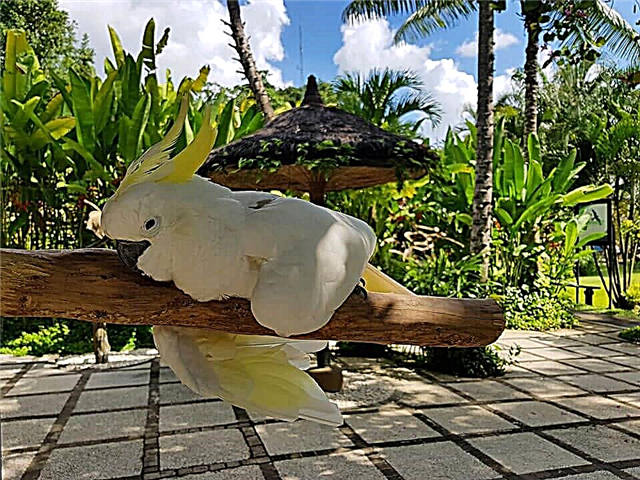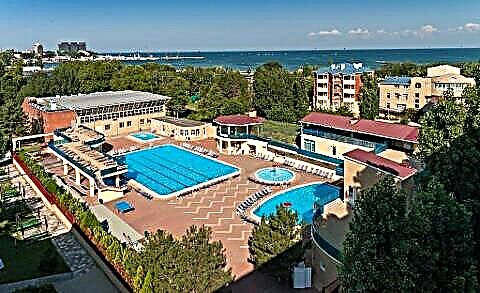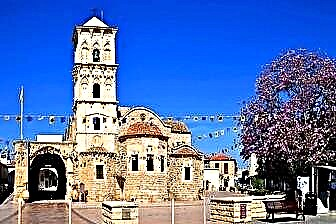Sunny Larnaca has miles of magnificent beaches, quiet family holidays and an abundance of architectural attractions, many of which are 700-1000 years old. This place is also suitable for lovers of diving and refreshing boat trips.
Many temples, monasteries and fortresses located in Larnaca and the surrounding area have survived to this day. You can experience an unforgettable experience walking in the vicinity of the Angeloktisti Church or Stavrovouni Monastery - a huge layer of the past centuries seems to be in the air and makes tourists think about eternity.
But for many, Larnaca is, first of all, a quality, unhurried and relaxing beach holiday. The sea is clean and warm, the beaches withstand even the most stringent requirements, and the infrastructure is perfectly adapted to the most demanding needs.

The best hotels and hotels at affordable prices.
from 500 rubles / day
What to see and where to go in Larnaca?
The most interesting and beautiful places for walking. Photos and a short description.
Church of Saint Lazarus
The appearance of the temple dates back to the 9th century, when the emperor Leo IV ruled Byzantium. Saint Lazarus is the patron saint of Larnaca, he lived in Cyprus for 30 years and all this time he preached Christianity. The place of his burial "larnax" in translation means "sarcophagus" or "coffin", hence the name of the city. The Church of St. Lazarus has stood for more than a thousand years; the building was reconstructed several times. The last restoration was carried out in 1972, as a result of which part of the saint's relics was found.

Larnaca Salt Lake
The appearance of the reservoir is associated with the legend of Saint Lazarus. The parable says that when he was walking near the vineyards, he asked the owners for one bunch of grapes to quench his thirst, but the mean people refused him. Then Lazarus was angry and predicted that this land would be barren and nothing but salt would be born on it. The next day, instead of a fertile vineyard, people saw a salt lake. In summer, the reservoir dries up completely and is covered with a 10-centimeter crust of salt.

Larnaca castle
According to one version, the fort was built in the 13th century during the reign of King James I to protect the city from enemies. In the XIV century, it was captured by the Genoese. By the 18th century, the complex was dilapidated and fell into decay, but it was rebuilt by the Ottoman Turks. During the First World War, the fortress was used by German troops as an outpost, but after the defeat of Germany, it passed into the hands of the British. Now the territory houses a museum with valuable exhibits of the Early Middle Ages.

Finikoudes beach
A small city beach 500 meters long with clear and clean water. It is perfect for children, as the descent into the sea is quite gentle, and there are no sharp stones on the soft sandy bottom. The beach has been awarded the Blue Flag quality mark. A well-maintained picturesque embankment stretches along the coast - a promenade for numerous tourists. The alley is separated from the noisy roadway by a dense row of date palms.
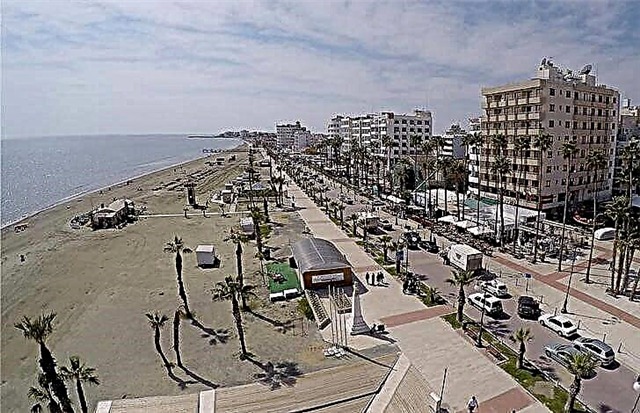
Mackenzie Beach
The beach is located in the western part of Larnaca, its territory is adjacent to the airport. Tourists vacationing on Mackenzie have the opportunity to contemplate airplanes taking off and landing every few minutes. There is a pedestrian path along the beach with numerous taverns and bars. Like all the city beaches of Larnaca, Mackenzie has a gentle descent into the water, clear water and shining sand in the sun.
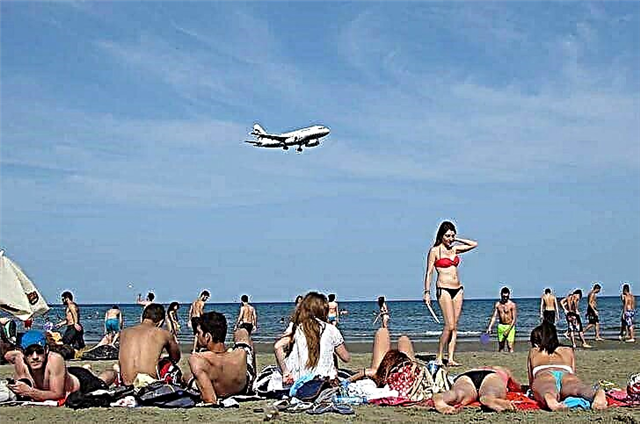
Larnaca port
Anchorage for yachts of all stripes and sizes, as well as for more modest boats. Larnaca Marina accommodates about 450 ships, the size of which does not exceed 40 meters. During the high season, you may not find free mooring space in the port. Many boat owners offer boat trips or fishing trips. But the main place in the marina is occupied by seafarers who cruise the Mediterranean.

Church Angeloktisti
Byzantine church of the XI century, built on the ruins of an early Christian temple, partially destroyed during the Arab invasion. Frescoes of the 6th century have survived in an amazing way, which have survived to this day thanks to the layer of plaster that covered them. Unique images were discovered during the restoration in 1952. A very ancient tree grows next to the church, protected by the state as a natural monument.

Monastery Stavrovouni
One of the oldest monasteries in Cyprus. It is believed that the monastery was founded in the 4th century by the mother of the emperor Constantine, later canonized - Saint Helena. The first written mention of the monastery dates back to the beginning of the 12th century. The monastery has been raided and destroyed more than once; at one time it was owned by the Catholic Church. The most important relic that is kept within the walls of Stavrovouni is a part of the Life-giving Cross.

Hala Sultan Tekke Mosque
The mosque is located near the shores of a salt lake. At the moment, there are no services in the temple, but it is open for excursions. Hala Sultan Tekke is a whole complex of structures, which includes residential buildings, a mausoleum and the temple building itself, intended for performing prayers. The last restoration of the mosque was carried out in the 50s. XX century. The temple was used for its intended purpose until the Turkish occupation of the northern part of Cyprus in 1974.

Pieridis Museum
Private collection created in 1839. The museum is located on the territory of a house that belonged to one of the mayors of Larnaca. The museum exposition is based on the collection of art objects of the mayor, which he donated together with the house for public use in 1974. The Pieridis Museum exhibits 2,500 exhibits belonging to different historical periods.

Kyriazis Medical Museum
The museum was opened in 2011. The exposition is entirely devoted to medical science. Equipment, books, medical devices, documents illustrating the development of medical practice in Cyprus are exhibited here. The time period covered by the museum collection is wide enough - from antiquity to the present day. The museum garden has a garden where medicinal plants are grown.

Larnaca Archaeological Museum
The collection of the museum consists of archaeological finds from the heyday of the ancient state of Kition, which existed in Cyprus from the 13th century BC. to the 4th century. Due to imperfect legislation, many valuable finds were removed from the island. All that remained, and was found after 1967, was housed in the Archaeological Museum. The halls display valuable exhibits of the Cretan-Mycenaean culture, finds of the Neolithic, Bronze Age and much more.

Pottery workshop "Emira Pottery"
The workshop was founded in 1987 by a craftsman who emigrated from the northern part of Cyprus due to the Turkish invasion in 1974. In "Emira Pottery" you can watch the process of making traditional Cypriot ceramics, you can also take a master class and stick your own clay pots. The workshop has a small shop selling products of its own production.
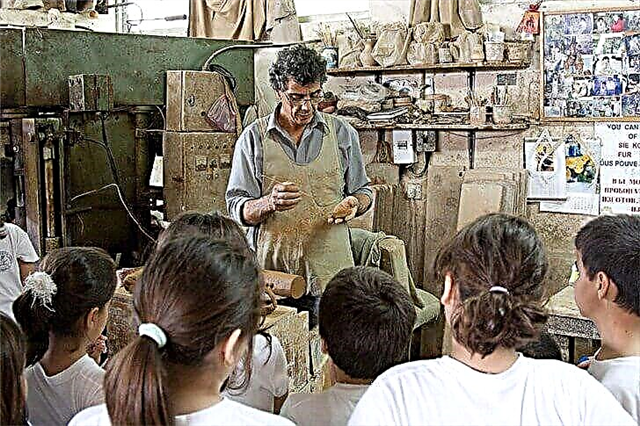
Lefkara village
An exemplary village nestled in a mountainous area amidst picturesque landscapes. The first mention of this place appeared in the XII century. The village became famous for a special lace weaving technique - "lefkaritika". There are many home textile workshops here. Lace is used to make tablecloths, dresses, elements of bedding, curtains, scarves and shawls.

Settlement Khirokitia
Neolithic settlement, which existed in the period of the 7th-4th centuries. BC.The people who inhabited this place lived in round mud brick houses, which have survived to this day (about 100 houses have come down to us). In 1998, Choirokitia was inscribed on the UNESCO World Heritage List. According to the excavations, the inhabitants had a cult of the dead, as they buried bodies right on the territory of their dwellings.

Ancient city of Kition
In the XIII century BC. in Cyprus, an ancient civilization arose and began to develop, which existed for more than 1000 years - until the IV century. Its traces were discovered as a result of excavations in the 1920s. The ancient state was named Kition. Archaeologists have established that in order to get a large part of Kition, it is necessary to dig up the whole of Larnaca and remove several cultural layers. Therefore, surveys are being carried out pointwise, the ancient city is being pulled out of the ground in parts.

Kamares Aqueduct
The bridge was erected during the rule of the island of the Ottoman Empire. The aqueduct was built in just one year in 1746-1747. The total length of the aqueduct is 10 km. It consists of 75 arched spans. The water supply system worked until 1939, before the construction of a modern water supply system. Only part of the building has survived to this day, as it was badly damaged due to the expansion of the city limits of Larnaca.

Sunken ferry Zenobia
The ship sank in 1980 off the coast of Larnaca and was quickly dubbed the "Titanic of the Mediterranean", although no one was injured in the wreck. Since then, the site of Zenobia's death has become popular with divers. Scuba divers love to explore the remains of the ferry in the hope of finding something of value (and many do). There really is something to see. The vessel is 178 meters long and 28 meters wide.

Camel park
The park is located 15 minutes from the city airport halfway between Larnaca and Limassol, in the Mazotos resort. It was established as a small private enterprise in 1998. You can ride a camel along the picturesque park paths. Here you can also relax with the whole family, have a picnic and take good photos. There is a separate play area for children. There is a restaurant in the park.

Donkey farm "Golden Donkeys"
A donkey farm was opened in 2014 in the small village of Skarinu. She became the second in a row (the first farm opened in this place is called "Dipotamos"). Apparently, the interest in donkeys is so high that one farm was not enough for everyone. In fact, the creators want to preserve a rare donkey breed that is on the verge of extinction. The farm is home to about 200 animals.


